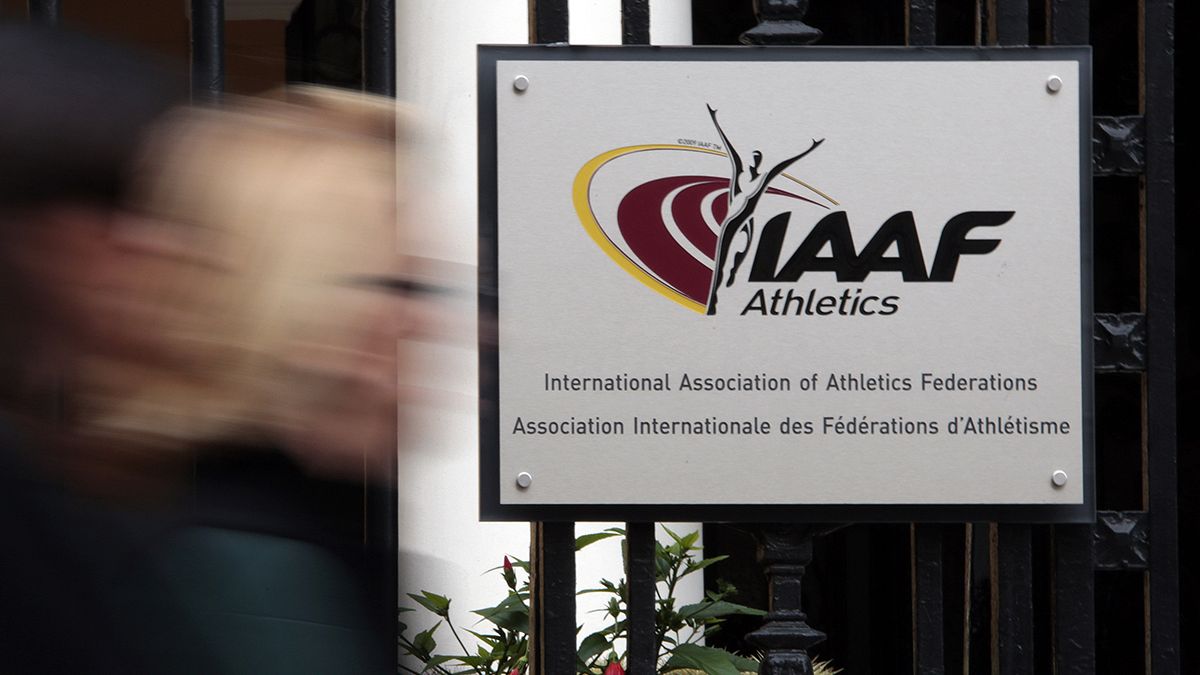The International Association of Athletics Federations (IAAF) came under further scrutiny on Tuesday following revelations top officials had known since 2009 that a potentially lethal doping practice existed among Russian athletes.
The Associated Press published a copy of a leaked letter between Pierre Weiss, the then-general secretary of the IAAF, and the former head of Russian athletics Valentin Balakhnichev, who was last week handed a lifetime ban over allegations of bribery and extortion.
“Unfortunately I do not have good news regarding the blood parameter levels of the Russian athletes in Berlin. Again they were extremely high, and again much more so than any other country competing,” wrote Weiss.
“These results are startling because not only are these athletes cheating their fellow competitors but at these levels are putting their health and even their own lives in very serious danger.”
The blood values described by Weiss were in reference to readings taken from the athletes’ biological passport, a method used by anti-doping officials to monitor blood and hormone levels.
Sophisticated doping offenders may use banned substances or transfusions to increase red blood cell count in order to gain an advantage in endurance sports by increasing their capacity to carry oxygen.
Aside from the illegality of artificially improving performance, such practices also carry major health issues, with athletes more likely to suffer from strokes, heart attacks and even death.
For the biological passport, blood samples are taken over time to generate a baseline set of values, and unusual results can indicate a doping offence has taken place. Indeed, Weiss said the blood values strongly indicated a “systematic abuse of blood doping or EPO related products.”
Testing had been conducted by athletics’ governing body for nearly a decade before concerns first surfaced, but was only formally adopted after the programme was standardised by the World Anti-Doping Agency (WADA) in 2009.
Abnormal blood levels are not in themselves enough for an athlete to be sanctioned for a doping offence, with no conclusive way of proving wrongdoing unlike urine testing, which returns only a negative or positive result.
In a separate development, Weiss commented on the Moscow anti-doping laboratory’s lack of analytical capacity, which prevented the IAAF from conducting proper out-of-competition doping tests on Russian athletes.
Out-of-competition testing is another crucial tool to combat athletes who attempt to discretely commit doping offences. Athletes are required to inform WADA of their whereabouts at all times, allowing doping control officers to arrive unannounced to take urine or blood samples.
But the note said due to athletes training in groups and military camps, they are often “not able to be informed of their selection for doping control in the required unannounced manner”.
Weiss concluded the letter by asking Balakhnichev to resolve the issues as quickly as possible.
The IAAF was plunged into a doping crisis late last year after an independent WADA commission detailed systematic, state-sponsored doping in Russia.
The WADA commission is set to deliver on Thursday the second part of its report into allegations of systematic doping and corruption, which is expected to be more explosive than the first part that saw Russia being banned indefinitely from international athletics.
